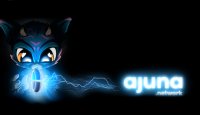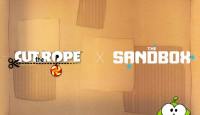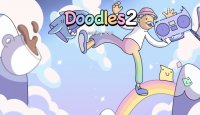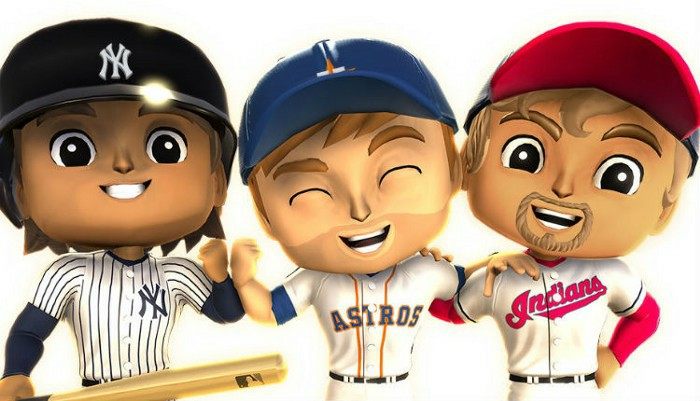
Major League Baseball recently released its new application, MLB Crypto, built on the Ethereum blockchain; it allows users to buy athlete bobbleheads as non-fungible tokens, or NFTs (rare tradable digital assets). These baseball collectibles have varying scarcity based on certain traits which make them valuable. Anyone with Coinbase Wallet, Metamask, or TrustWallet can buy different players to win online games, claim rewards, get new players for attending baseball games, and trade their collectibles.
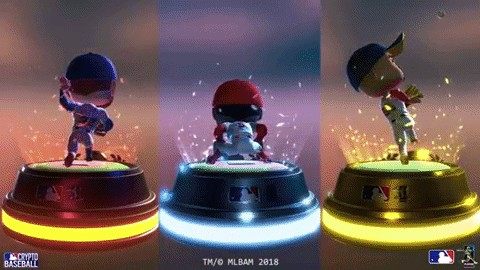
First and foremost, this is huge for blockchain regulars and DApp developers because it makes MLB the first industry leader to release a public-use application using Ethereum smart contracts… or any smart contracts for that matter. Baseball is a good sign for crypto adoption, and MLB Crypto is already a top Ethereum DAapp, ranking at #9 on DApp Radarwith 200 daily users and Ξ88 in 24h volume. Major League Baseball is desperate for a win and may find it on Ethereum.
The MLB is sliding
Baseball isn’t quite the hot all-American sport it once was. Forbes writes that “league attendance is down 6.5% compared to this point last season. As of Saturday, June 16, the league was averaging 27,483 per game compared to 29,402 at the same point last season. All told, total attendance is down 1,860,576 or -1,918 per game.” The league is looking for new ways to entice the world to attend and participate in all things MLB.

Ethereum needs help
It’s difficult to consider Ethereum a mature application platform when its top DApp currently has less than 2,000 daily active users (DAU) and $500k in daily volume. Even by its standards, most of Ethereum’s decentralized applications are actually decreasing in user activity over the last few months. Some of this may have to do with market sentiment but much of it is due to underperformance and the inability to scale. Three-fourths way into 2018 and the DLT world is still searching for a killer app. Below is a list of the top 10 Ethereum DApps currently being used (DappRadar):
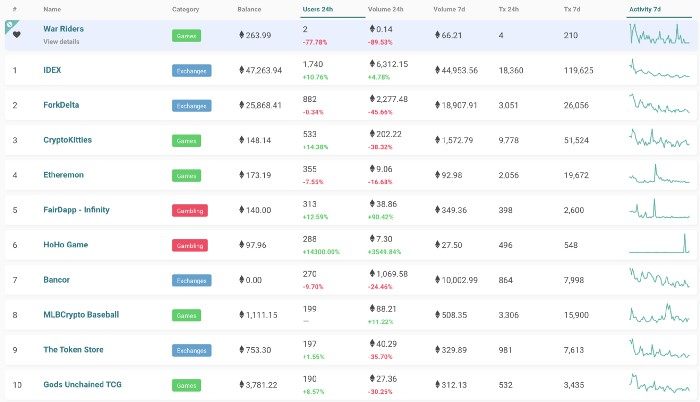
Remember CryptoKitties
In 2017, CryptoKitties shook up the blockchain world with its unique tokenized kitty collectible marketplace. New kitties were created daily and users could buy, sell, or breed them with these collectibles. Each one had a varying combination of 12 traits that make the cat unique and ultimately look different. Breeding various traits lead to wildly alternate offsprings.
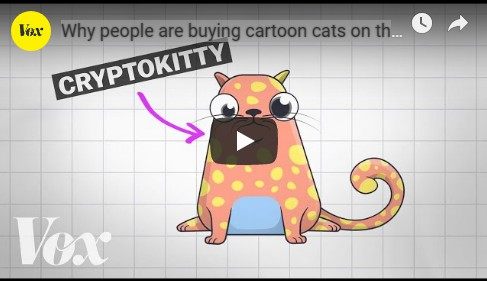
The game was a hit, and, almost immediately, fans began buying up these cute creatures, which amassed a value of 10s of millions of dollars worth of ether and had thousands of daily active users. While the CryptoKitties hype has subsided, it still stands as a top Ethereum DApp with 400 DAU and $200k in daily transaction volume. MLB Crypto is not too different from CryptoKitties in how the game model was designed but varies in the effect the real game of baseball has on the rewards and value of the crypto bobbleheads. CryptoKitties wasn’t all good news and caused congestion which may similarly threaten MLB Crypto. But we’ll save that for later in the article…
The Economics: How does it work?
An MLB Crypto user begins with choosing a team to base their game card on. Each game card has room for 9 players, which correspond to the different positions on the field. 30 new “MLB Cryptos” are offered every hour and are auctioned off. Users can bid for these new bobbleheads or buy an existing one from the marketplace. Users can pick and choose which players to add to their game card. Every MLB Crypto has a team event associated with it. They range from common, rare, and legendary events. By following the live event and tracking using MLB Statcast, players can watch their team complete these team events.
Users can select the game card for the MLB team they want to play, and place their MLB Cryptos onto the right positions. There is no limit to the number of game cards one address can play. Users can play a game card for each of the 30 teams and even play multiple game cards for the same team if they have the collectibles to back it up. Competitors have the best chance at rewards if they can fill a full card with nine players. You don’t need all nine but can play with just one player. If your team wins the game, you’ll have a chance at earning a reward. The odds of earning a reward are determined by the number of players you have on your game card. It’s important to note that you cannot mix and match players from different teams. Each game card can only contain players from the same team.

The spoils from winning games are typically new random MLB Cryptos, which can help you improve rosters. If an athlete who’s on a game card completes a team event, then the user earns additional rewards. This is where team events become an important part to playing the game and expertise is needed. These new MLB Cryptos can be used on the current game card, a new game card, or sold on the marketplace. So users who do their research will win out. Watching live games and gaining deeper insights on various matchups and on which players seem to be doing best.
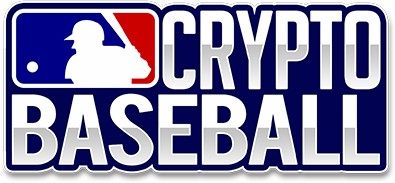
This helps users to remain informed on which MLB Crypto to play on their game card. Choosing the right team events to play and choosing the players in the starting lineup will greatly increase your chances of earning rewards and climbing the leaderboards. If you have a hot pitcher who has a great chance at throwing a no-hitter or a perfect game, then having a team event for no-hitter or perfect game would be a great choice to have on your game card. Updating your game card with MLB Cryptos of players that are playing in the live game will also earn you “bonus” points towards the leaderboards, although you don’t have to have the exact player from the live game to earn rewards.
Tokenomics with no token
One interesting thing to note is the non-existence of an MLB coin on this platform. All trades occur in ether, and only ether. There is no way to buy an MLB Crypto with USD. And while non-fungible tokens are tokens by name, they’re more digital assets by function, or in this case bobbleheads. Non-fungible, meaning they aren’t interchangeable in value by a unit measurement. While 1 ether is worth the same no matter ‘which one’ you own, the same doesn’t apply to NFTs. Like diamonds, each NFT has unique features that determine its market value. That being said, there are still quasi-tokenomics motivating this MLB Crypto game. Users who have the most successful game cards win more games, which rewards them new MLB Cryptos, which are worth ether on the market. MLB takes a %5 marketplace fee. And that’s it. The price of the collectibles can theoretically reach equilibrium proportionate to their projected earnings, but will most likely be largely influenced by the speculative nature of collectibles. After all, car-collectors don’t value classic Mustangs by the number of miles they can get out of them.

Scarcity
Looking at Ethereum ERC-721 transactions of the game’s addresses confirms Lucid Sight’s declaration that 15,000 MLB Cryptos were created at genesis + 30 new ones every hour. If they continue with this level of inflation, we’ll have *quick maths* ≈250,000 new NFTs (1,600% inflation) in the first year. However, it would be sensible for MLB to auction off loads of collectibles for cheap to increase demand early and diminish their inflation rate over time. It looks as though less are in circulation for now as well. Many are currently being sold through reverse auctions on the marketplace.
What about mass inflation? What’s stopping MLB from creating 15,000 more overnight, making each collectible worth half its current value, if not less? The short answer: nothing — the smart contracts only require that each season’s collectibles be tagged by season and don’t allow MLB to mint new bobbleheads of old seasons. As of next year, there will undoubtably be no new 2018 season MLB Cryptos created. While that may improve rarity by season like in baseball cards, it doesn’t assuage the concern that mass inflation could debase the value of one’s roster, making it harder to win games. Less winning = less rewards = less money.
Uniqueness
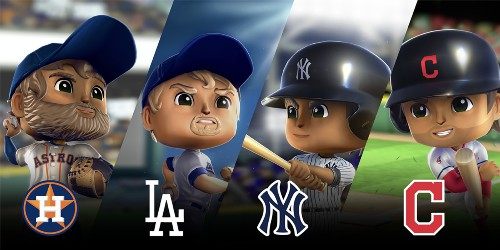
For something to be truly unique, it needs to feel random. Snowflakes would lose their uniqueness if humans could predict and manufacture their every makeup. In CryptoKitties breeding, the algorithm that determines the genetic outcome of mixing traits is on-chain and encrypted, meaning it’s fair and trustless (theoretically). MLB Crypto’s traits algorithm is owned and maintained solely by them, making it both secret and mutable by the league.
The logic that generates traits is handled off-chain, which saves a significant amount of gas and computational requirements on-chain.–MLB
Another aspect of scarcity is defined limits and controls on how many of each collectible can be made. For this, we needed to take an approach that provided us the ability to create gameplay and new collectible computations off-chain. (I will get into more detail about this in the scaling section below).
Why didn’t MLB use an existing game economy?
It appears quite odd that MLB didn’t join forces with one of the several decent game creation platforms like Enjin, Loom, Decentraland, Game Protocol, etc. The truth is that none of those projects are mature enough to support Major League Baseball’s standards of scale, security, or graphics:
When we began development of MLB Crypto Baseball we knew from the start scale would be an issue we would have to tackle. We looked at solutions such as Enjin & Loom, two great projects, but neither had launched and/or been tested at the scales we are expecting. After doing some additional research our team decided the best approach would be creating a scaling solution of our own. — Fazri Zubair, MLB
This is a reality that many blockchain developers may realize: once industry leaders step into crypto, they might not need these small platforms for support. They can leverage their existing network effects and technological infrastructure to build something competitive on their own. If Reddit made a DApp, they surely wouldn’t use Steemit to do so. It’s safe to assume that other leagues and collectors markets will follow MLB’s lead should this app be a success.
Scalability: Back to CryptoKitties
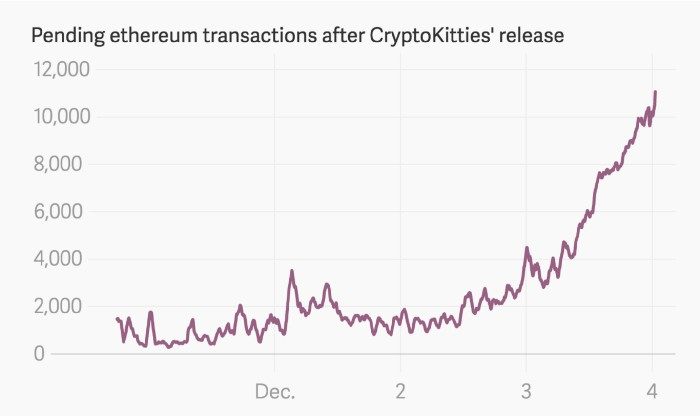
At its peak, CryptoKitties made up 10% of all Ethereum transactions. Birthing new kitties was increasing demand to a point that exploded transaction fees and therefore delayed transaction times and the amount of pending transactions. This is an existing problem for Ethereum as a plethora of smart contracts run on its network; currently 82,000 Ethereum transactions are unconfirmed. One big concern is that MLB Cryptos could congest the network the way that CryptoKitties did. But the league seems ready for this issue, running most of its application off-chain. This allows for smoother operation and feeless transactions.
In explaining their project, MLB writes:
For our implementation we decided against developing a new type of db/side-chain technology and instead stuck to the battle tested / scalable modern application development cloud infrastructure. By taking this approach, we were able to shift the majority of our gameplay mechanic and crypto variation generation off-chain. This allowed us to make the on going playable aspect of MLB Crypto Baseball transactions free! Users will only have to pay gas for the generation of their new collectibles, but they can choose to do so when it’s convenient or gas-efficient for them. To facilitate this, our solution incorporates the use of oracles, event-driven requests, and transaction batching.
While this is a quick fix, it certainly raises eyebrows about the degree of decentralization of this MLB Crypto game. Even though MLB is entering the Ethereum ecosystem, it is doing it in a corporate and centralized fashion. This conflicts with the ethos of blockchain and makes it difficult to call MLB Crypto a DApp. This may even cause MLB to lose out on some potential customers. But if this hybrid model works, it’s highly likely that other projects will begin to consider it. It is much to early to clearly define what a DApp will look like
Mobile AR Potentiality
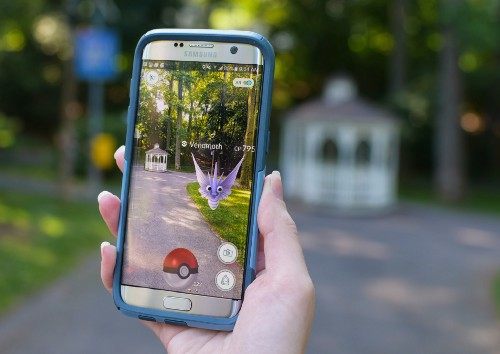
Pokémon GO was one of the most viral mobile apps in summer 2017: 100 million downloads, 20 million DAU, $268 million total revenue, 80% of users doing in-app purchases, 43 minutes average time spent daily. (Business of Apps) A large part of their success had to do with their augmented reality interface for catching Pokémon. While the mobile app hasn’t been released yet, MLB has hinted that it may include AR features. On their website FAQs, they explain the upcoming release of a mobile application: “Coming soon, users will be able to download the MLB Crypto Baseball app to play on your mobile device. You can even view your figures in augmented reality!” It isn’t too difficult to imagine a Pokémon GO-type game where users can obtain new MLB Cryptos at baseball games by pointing their cameras to the field. In this case, the current web platform is a mere proof-of-concept of what is yet to come from Major League Baseball in the next year.
Conclusion
It seems that Major League Baseball is setting an example for many other companies to follow: great user experience, solid economic model, brand network effects. Still, the large concerns are the significant centralization behind traits breeding, token inflation, and basic interactions with the application. MLB will build true value if they further develop the game aspect of their new economy. The more uses for their bobblehead collectables, the more valuable their network will become.
